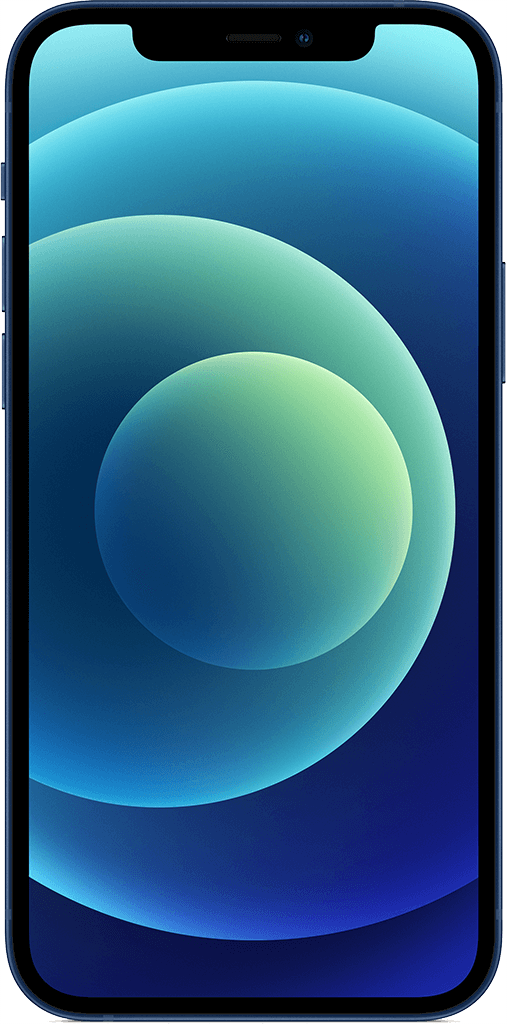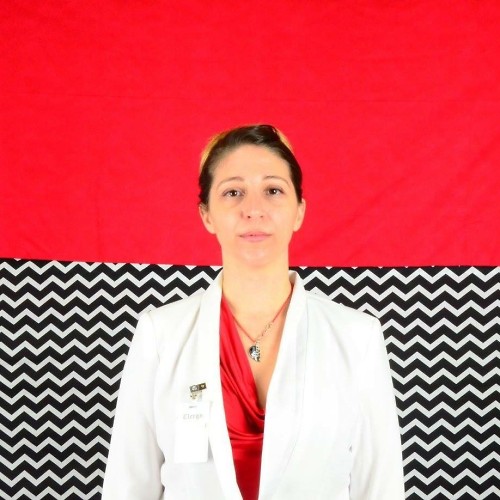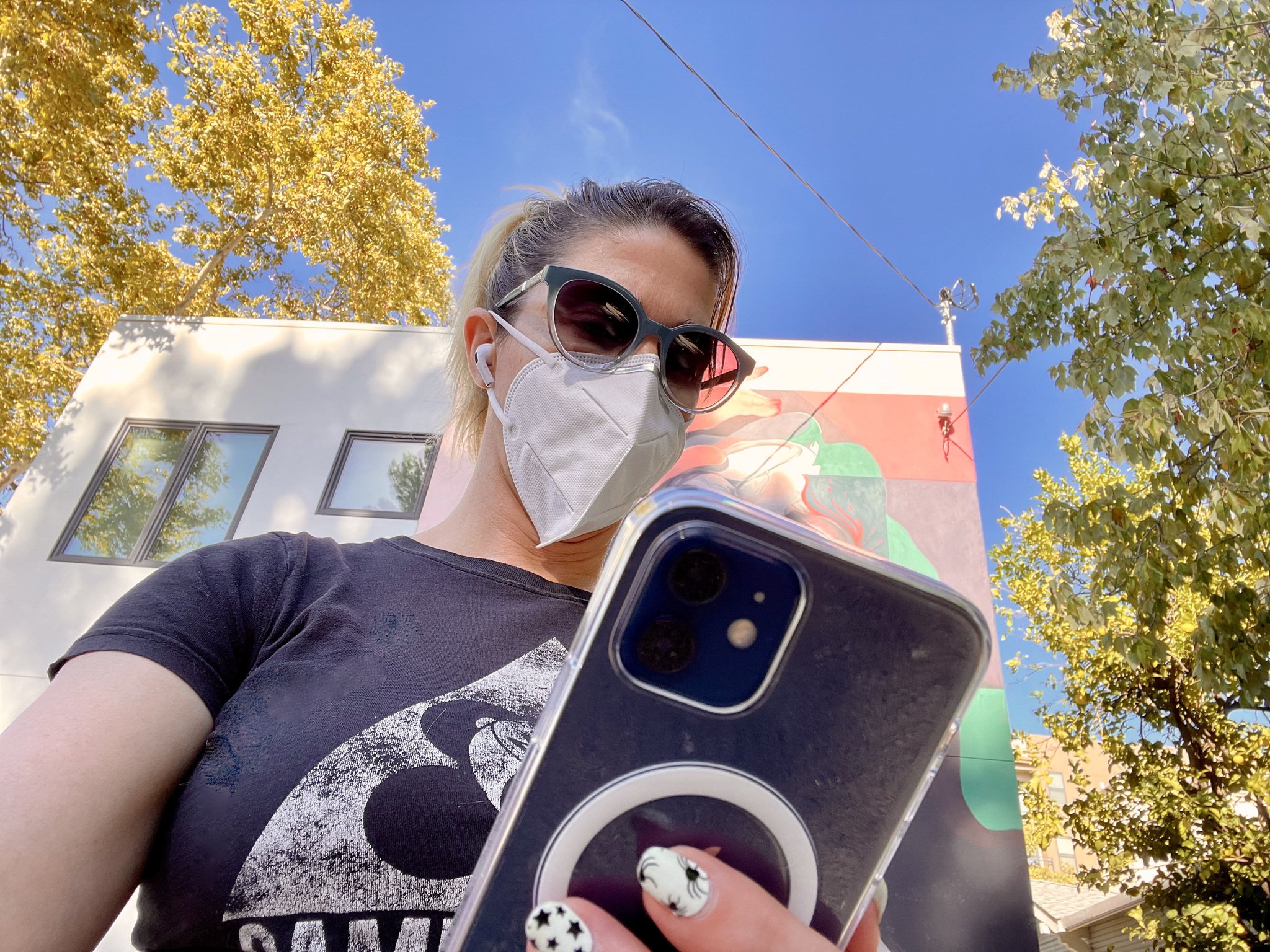
This is a really big year for iPhone. After stagnating with the same design for three years, based on a design from six years ago, Apple flipped all the tables and brought out a completely new iPhone design ... based on a design from seven years ago. Here's the thing, a lot of use loved that design from seven years ago — the flat edges, flat back, flat everything. Sure, it's good to try something new, but returning to a beloved design is the best thing Apple could have done for the iPhone.
The best thing except for turning the mid-range version into the iPhone with nearly all of the advanced features of the more expensive Pro model for $200 less ($300 less if you are holding out for the iPhone 12 mini). We're talking about the same OLED Super Retina XDR display with HDR support, same IP68 water resistance rating of up to 6 meters for 30 minutes, the same A14 chip, the same TrueDepth front-facing camera, nearly the same camera system, and all of the same sensors (with the exception of LiDAR).
So why would Apple even make an iPhone Pro if the standard model is practically pro-level? Good question. Maybe we're tired of spending a thousand bucks on a new iPhone every few years. Maybe Apple wants to make the Pro line a niche product intended only for the most pro people. Whatever the reason, I'm glad Apple isn't compromising on its non-pro iPhone in any way this time around.
I've been testing the iPhone 12 alongside the iPhone 12 Pro for the past week and I have to say there are very few reasons why I'd ever recommend the Pro model over the standard one this year.
For people who want:
- OLED
- Face ID
- Night Mode (even for Time-lapse)
- Deep Fusion
- Dolby Vision video recording at 30 fps
- Fast Charging
- MagSafe charging support
Not for people who want:
- Touch ID
- Telephoto camera lens
- 6GB RAM
- Apple ProRAW
- LiDAR
- Sensor-shift OIS
- Dolby Vision video recording at 60 fps
- A wall charger in the box
The iPhone 12 and its larger and smaller siblings are completely redesigned this year. Though there is a whole lot going on on the outside, the daily workload is also a very big jump in power.
Compared to last year's iPhone 11, the screen quality is (arguably) better with OLED over LCD. Screen resolution is 2532x1170 at 460ppi, that's better than the iPhone 11 and the iPhone 11 Pro. It has the same nit brightness as the iPhone 11 (625 compared to 800 on the iPhone 12 Pro) but has the same peak brightness as the pro models (1200 nits brightness).
It has the same IP68 water resistance rating but this year, it can withstand a four-meters deeper drop over the iPhone 11 and a two-meters deeper drop over the iPhone 11 Pro.
iMore offers spot-on advice and guidance from our team of experts, with decades of Apple device experience to lean on. Learn more with iMore!
Though the camera system is the same — wide and ultra-wide, the iPhone 12 has a 7-element wide-angle lens that has an aperture of ƒ/1.6 compared to the iPhone 11, which means it can take in more light in dark situations so your images have less noise and overall better color saturation. This year's model also supports Deep Fusion (AKA: Sweater mode) and Night mode also works with time lapse for some pretty incredible night time shots. It's not astrophotography, but it's pretty cool.
The iPhone 12 is equipped with Wi-Fi 6, has about 17 hours of playback for battery juice, and of course, the thing everyone is talking about, it supports 5G.
With all the things that are new this year for the iPhone 12, you'd think it is an insta-buy for sure. But is it? Is your iPhone 11 (or even iPhone XS) good enough to keep you going another year or two, or is this definitely the upgrade year? Let's find out.
iPhone 12 review: Design
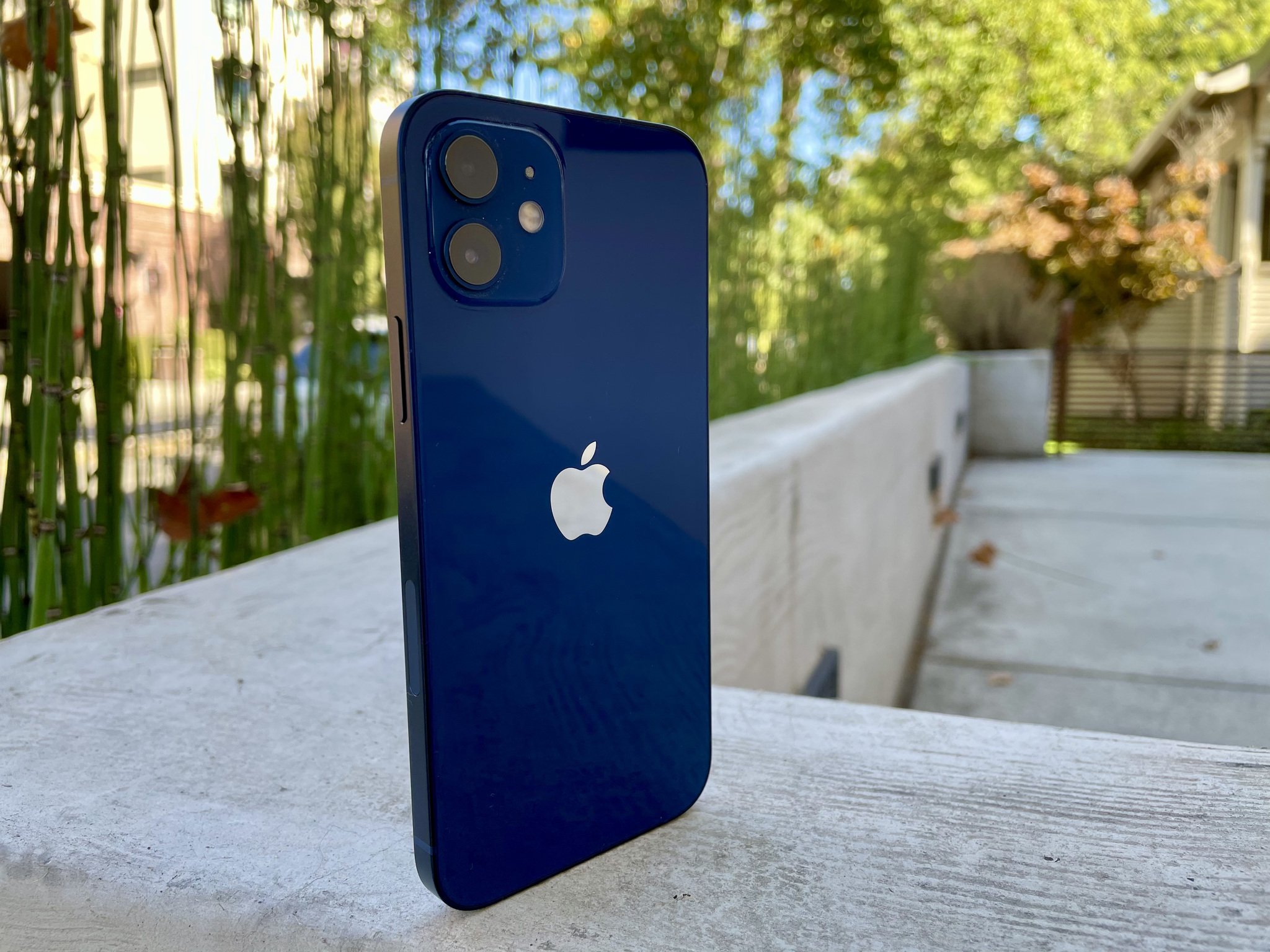
This is the biggest change in the iPhone from one year to the next since the iPhone X. Interestingly, while it's moving forward into a new design, it's also homaging an old, familiar design. This is a brand new look, completely different from any iPhone ever before, but at the same time, it takes design language from multiple generations of iPhone.
First, the phone itself: flat, thin, and completely different from last year's iPhone. Except that it's not. It's actually nearly the same dimensions, it's the same thinness, a little bit thinner, and a little bit taller. It's also lighter, though it is denser, which makes it feel a bit heavier even though it's not.
The flat design comes from years earlier, last seen on the original iPhone SE. But not quite exactly that design either. No chamfered edges, my personal favorite little design element of that older model. The buttons are also elongated on the iPhone 12, which is more in line with the iPhone X design.
Apple has taken the best elements of two different designs and smushed them together into one incredible device.
The camera bump on the back hasn't changed from one year to the next (the iPhone 12 Pro has one additional element with the LiDAR scanner, but that's it), and contrary to what some rumors had implied, the front camera notch is exactly the same. For all the barf emojis that we saw the first year Apple introduced the notch on the iPhone X, the camera array on the front side of any phone is pretty much invisible to our eyes in practice. Most people don't notice a notch or a hole punch or any other camera blotch on the screen. Our eyes just naturally ignore it.
The SIM tray has moved from the side with the Sleep/Wake button to the side with the volume buttons and there is now a 5G mmWave antenna window under the Sleep/Wake button.
The iPhone 12 has bright aluminum siding (not brushed aluminum of older iPhones) with a shiny glass backside, comparatively, the iPhone 12 Pro has polished stainless steel siding and a frosted glass back.
On the outside, the iPhone 12 is an amalgamation of the past 13 years of iPhone iterations. Apple has taken the best elements of two different designs (iPhone 6 design language is absent from the iPhone 12) and smushed them together into one incredible device.
iPhone 12 review: Display
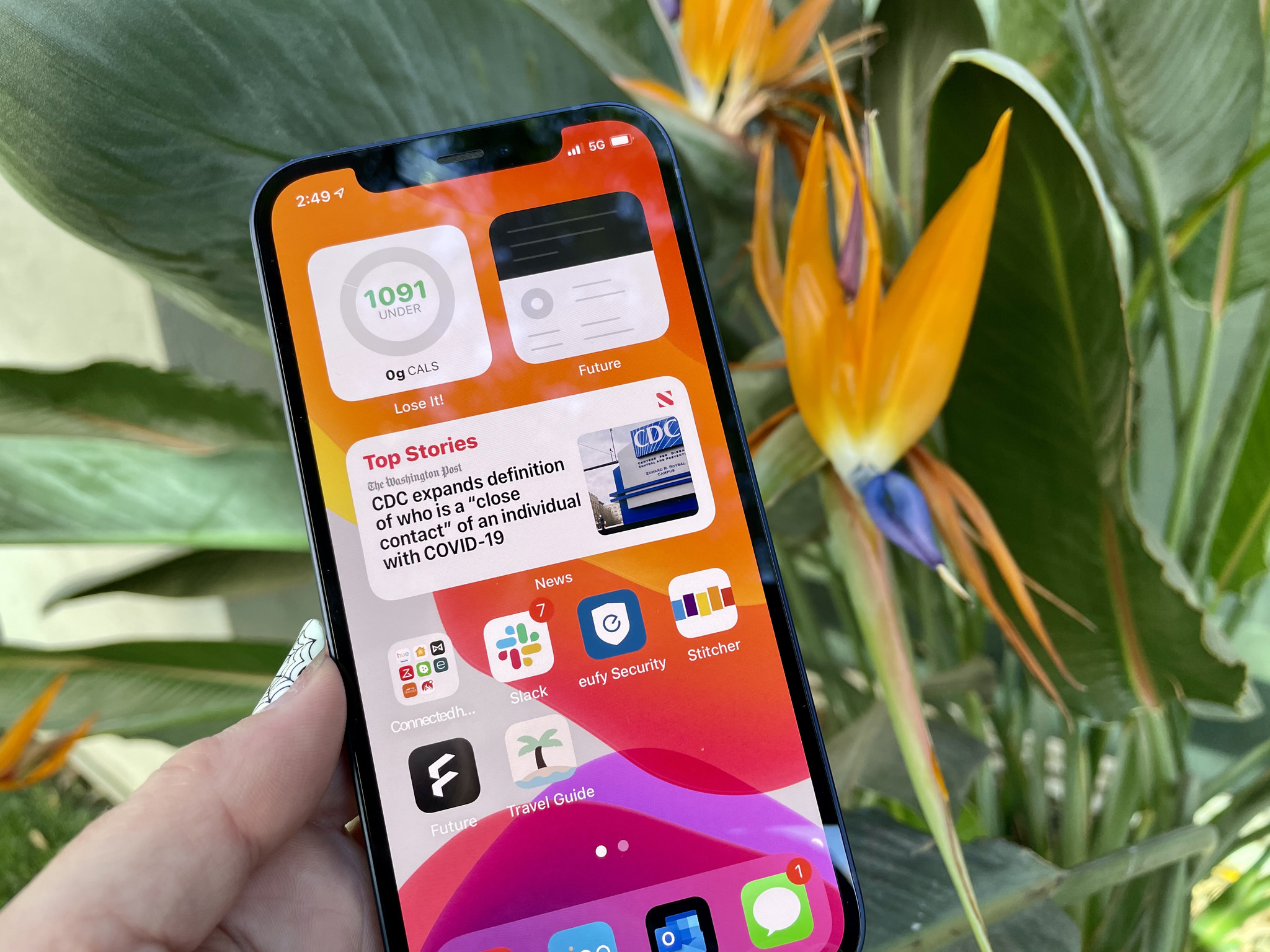
Everyone is talking about Ceramic Shield. It's the next big thing in not-glass for the iPhone. Through a high-temperature process, crystals are added to the glass, which Apple says makes it up to four times better at protecting against screen breakage (when also taking into account the flat design). I should take a moment to say what Apple and a lot of other tech reviewers have already said; It does not improve protection against scuffs and scratches. So don't go scratching your keys on your iPhone's screen to see if it's really that strong. Better protection against cracks from drops, not against scratches.
Another improvement for this year's iPhone over previous years comes in the form of OLED. I realize that there are plenty of display nerds out there that will tell you OLED is far superior to LCD, and I believe them, but for me, the differences in screen quality between the two is barely noticeable and definitely not noticeable in day-to-day practice.
Aside from the type of screen, the iPhone 12 has 2532 x 1170 screen resolution at 460 ppi with 625 nits brightness, maxing out at 1,200 nits for HDR, which provides a more vibrant experience, especially in bright lighting situations.
One place where Apple did not make improvements to the display is with its refresh rate, and that's not just on the iPhone 12, neither Pro models saw a step up in refresh rates either. It still sits comfortably at 60Hz, where it's been since 2007.
Apple has perfected such things as color gamut and quality pixel resolution, which makes the lack of a high refresh rate less important overall.
What does this mean for you and me? Not a whole lot, but it does matter. Many high-end Android phones are already seeing 90 - 120 Hz refresh rates while the iPhone sits at just 60Hz.
Most every-day things we do on our phones don't require more than 60Hz, and even videos playback at far below 60Hz. For gaming, on the other hand, it can be very noticeable if you're trying to play graphics-heavy, fast motion games. Honestly, though, Apple has perfected such things as color gamut and quality pixel resolution, which makes the lack of a high refresh rate less important overall.
I believe Apple is still waiting for display technology to catch up to its strict standards for a good user experience. Higher refresh rates can be a real battery drain and Apple isn't likely willing to sacrifice something so important for a 120Hz refresh rate just yet. We may see it next year, but only if the technology is available and available in the massive quantity that Apple needs it in.
iPhone 12 review: Camera

Android and iPhones have become so similar, in terms of hardware technology, that "who has the best camera" seems to be the only real consumer-facing competition out there. How fast can I take a picture? How much can I zoom in? How well does it work in the dark? That's what everyday people want to know and it's what phone makers are scrambling to be the best at. Now, I don't have any hands-on experience with Android phones, we'll have more on that in a collaboration with Android Central soon. I can, however, compare this experience with the iPhone 11 Pro and iPhone 12 Pro respectively.
The difference between the iPhone 11 and iPhone 12, lens-wise, hasn't changed much. It is still a two-lens system with a wide and ultra-wide lens (no telephoto like the iPhone 11 Pro and iPhone 12 Pro). The aperture of the ultra-wide lenses are the same, but the iPhone 12 has improvements to the wide-angle lens. From ƒ/1.8 to ƒ/1.6, which means that 27% more light is able to come into the lens. This is most evident in very low light situations. The iPhone 12 will soak up any sliver of light that might be peeking from around a corner in order to brighten up a shot.
With all three phones in hand, I've been taking pictures in bright daylight, with the sun at my back, in total darkness, mostly in the dark with light at my back, and every possible extreme scenario I can think of that doesn't involve being with other people and I've been very happy with all of my results thus far.
I can definitely say that the iPhone 12 performs better than the iPhone 11 Pro in low light, and the iPhone 12 Pro, though the differences aren't as noticeable, performs better than the iPhone 12 in low light. LiDAR helps the iPhone 12 Pro quickly set subject focus so you can take faster pictures. It also helps with some of the close-up details.
The ultra-wide-angle lens is getting a little bit better every year. This year, thanks to the 7-element lens compared to last year's 6-element lens and improvements to ISP, the edges of ultra-wide photos aren't quite as fish-eye looking as they are on the iPhone 11 Pro. It's still not perfect, but it's definitely better.
Night mode comes to ultra-wide in iPhone 12. With this, you can take some pretty fantastic low-light shots of the city around you or your trip to the boardwalk.
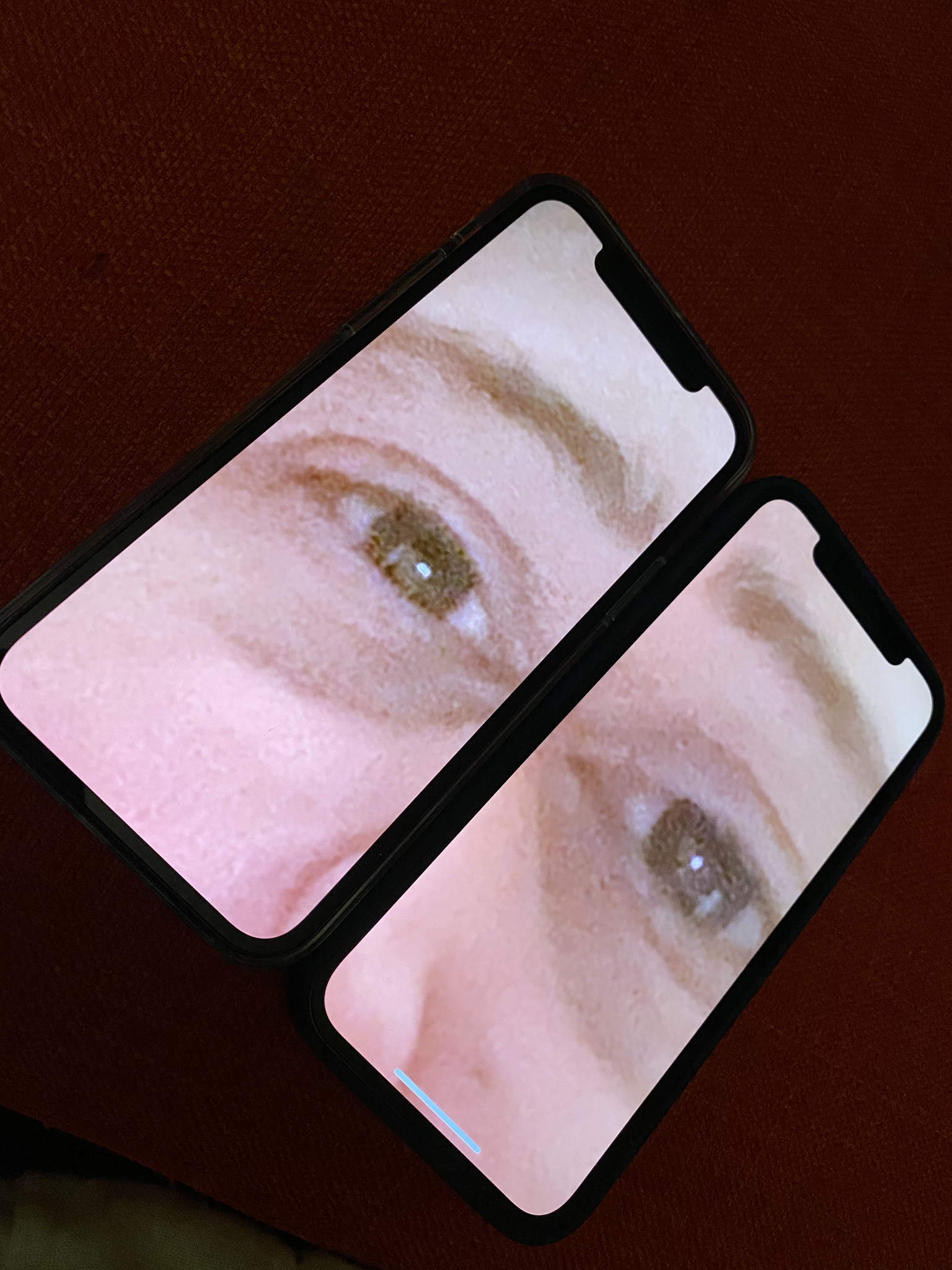
I took some night time comparison shots between the iPhone 12 and the iPhone 12 Pro and was consistently impressed with how well the iPhone 12 performed. In many situations, there was no difference. Both were able to maximize ambient lighting and reduce noise significantly. I had to zoom in extra close on my phone (not zoom with the camera) to see the differences between the two and all I really noticed was a little more clarity in the lines under my eye.
The iPhone 12's camera system is better than last year's iPhone Pro models but not as good as this year's iPhone Pro models. From last year to this; nighttime pictures have improved noticeably. From this year's non-pro to pro; the LiDAR sensor helps a little bit more with night time shots, especially Portrait mode pics.
The camera system, including the telephoto lens and LiDAR sensor, is the only notable difference between the iPhone 12 and iPhone 12 Pro other than two extra GB of RAM (mentioned below), so I'll be doing a more in-depth camera comparison soon. Stay tuned!
iPhone 12 review: Dolby Vision Video
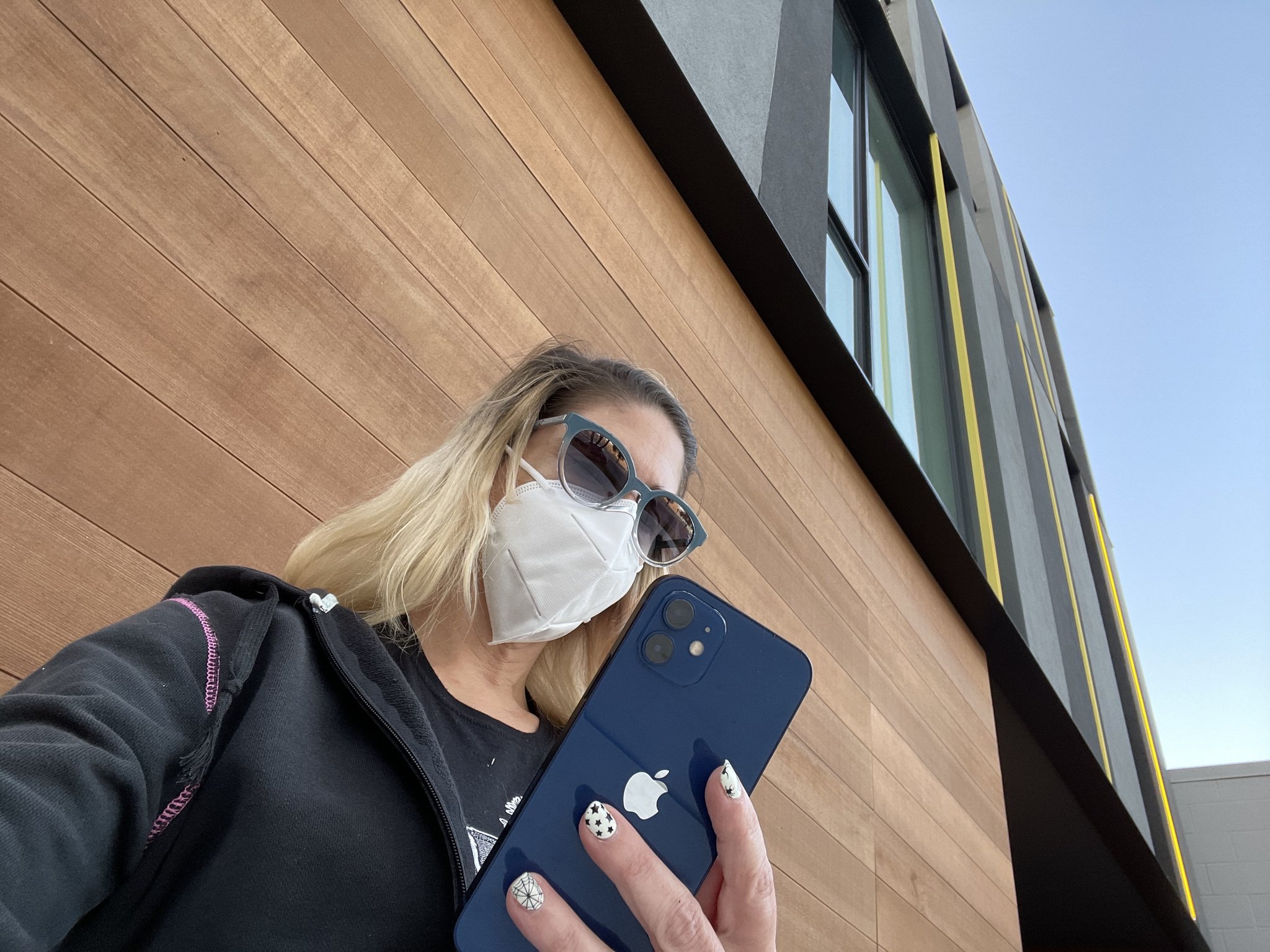
The camera isn't the only big update on the iPhone 12. This year, Apple added support for Dolby Vision for video recording. If you're not familiar with Dolby Vision on iPhone 12 and iPhone 12 Pro, it basically means that the camera is better equipped to balance color and shadows when you are shifting through different lighting backgrounds. Dolby Vision sort of takes apart every frame, gives it a little editing tweak and then stitches it back together. That's a really dumbed down and short version of what's happening, but it's all most people really need to know.
It's been difficult to really get a good test run of this new feature during the pandemic, so I don't have a lot of solid testing to go by, but from my limited testing with my cat and some interesting colored lighting, I'm going to give this a thumbs up in terms of impressive video quality. Like the camera itself, I'll be going more in-depth with comparisons between this, the iPhone 11 Pro, and the iPhone 12 Pro.
iPhone 12 review: RAM
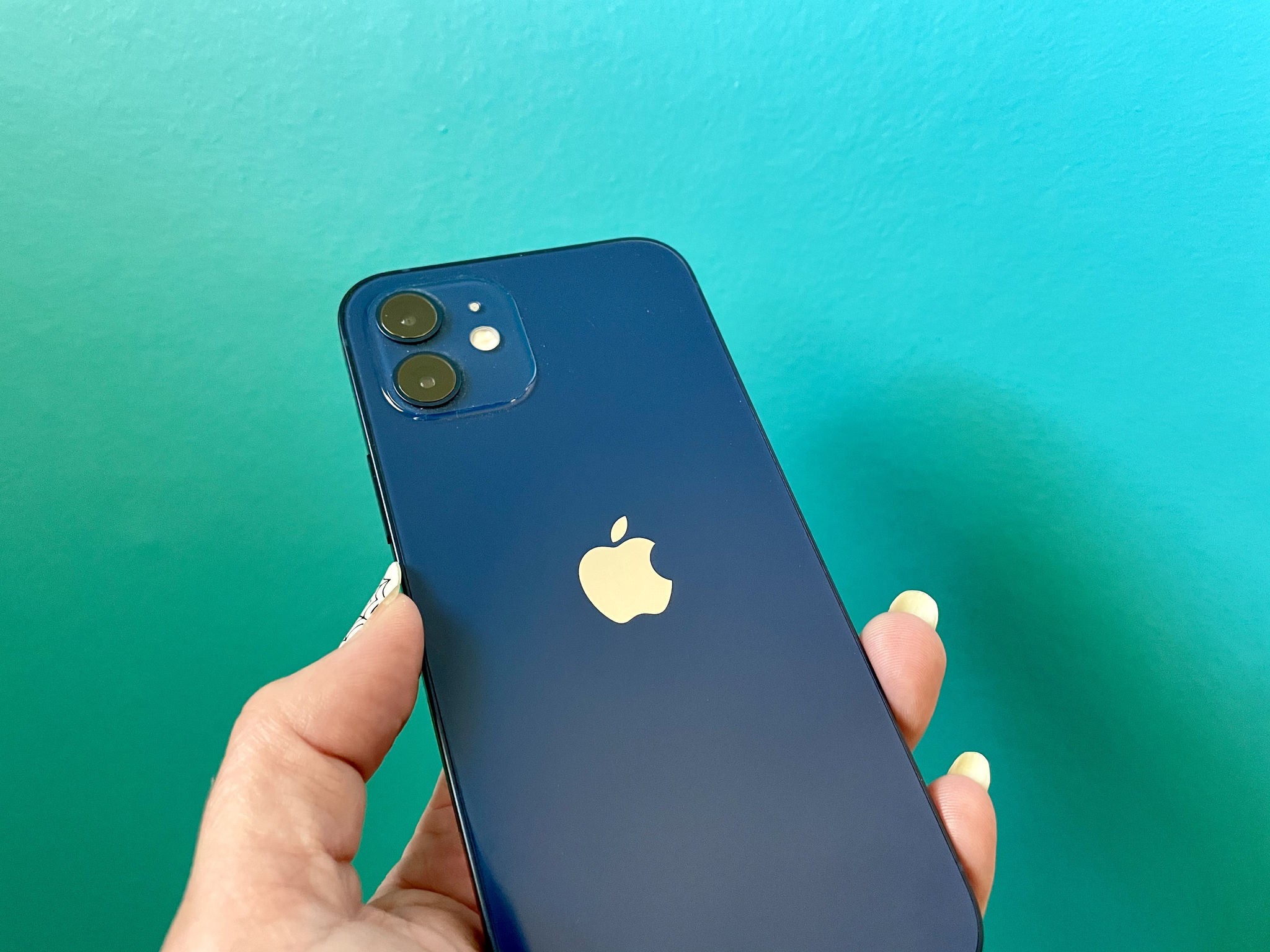
RAM isn't something easily tested in everyday workloads. It's one of those behind the scenes features that just needs to work, and most of the time it does. RAM makes it possible for your iPhone to continue to load and run apps simultaneously without slowing down performance. The iPhone 12 has 4GB of RAM, which is a nice solid number, but the iPhone 12 Pro has 6GB of RAM, which is exceptional. Most people aren't going to need 6GB of RAM on an iPhone, that's just overkill. There are, however, some that will really appreciate the performance improvements when multitasking, especially when rendering video on iPhone.
Filip Koroy of EverythingApplePro actually did a side-by-side comparison of the iPhone 12 Pro on YouTube, the iPhone 11 Pro, and the iPhone XS to give you an idea of how impressive the extra 2GB of speed is.
Most people aren't going to need all of this extra on-board memory, but for those that do, the iPhone 12 Pro is probably the phone you're looking for.
iPhone 12 review: Storage options
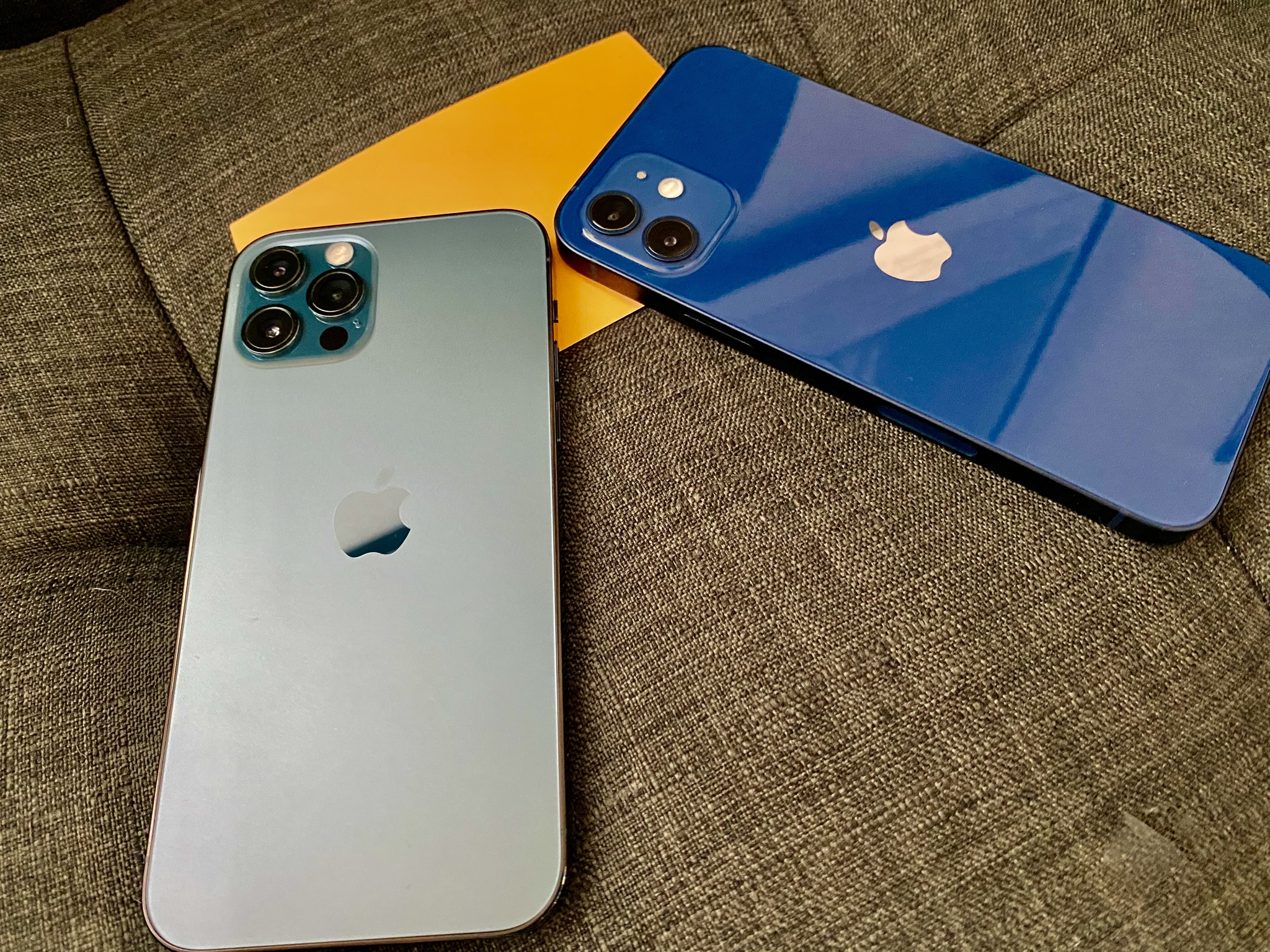
The iPhone 12 starts with 64GB of storage and doubles in size with each upgrade. It's $50 more to go to 128GB and $100 more than that (so $150 more from the baseline) to go to 256GB. You're capped out at 256GB.
I used to say that no one needs more than 64GB of storage what with all the ways we can store our stuff in various cloud-based services, but after asking around, I realize I'm the exception, not the rule. A lot of people either come right up to the line of 64GB or even go over it.
So yes, I think the iPhone 12 should have started at 128GB and go all the way up to 512GB, just like the iPhone 12 Pro. When you consider the fact that the iPhone 12 is practically identical to the iPhone 12 Pro in almost every way, it just makes sense that you should have the same storage options, as well.
I realize that Apple is trying to keep the price of the iPhone 12 as low as possible, but storage gets less expensive every year, and I think doubling the storage and keeping the $799 price tag wouldn't have been that difficult to do. Here's hoping for a nice storage boost next year.
In case you're wondering, I sit solidly at 50GB of used up storage on my iPhone.
iPhone 12 review: Battery

Apple claims the iPhone 12 can handle up to 17 hours of video playback (11 hours of streaming) and up to 65 hours of audio playback. What does this mean in terms of practical purposes? Not a lot. No one plays video or listens to music nonstop for that amount of time.
Instead, you want to know what day-to-day usage is like.
This year, I was lucky enough to need to do a lot more video chatting than I've ever had to do in my life, and that, my friends, can be a real battery drain on any phone. So this year, I've been overworking my iPhone. Not with any intent to try to disprove Apple's claim, though. I'm just doing my regular, everyday work. Only this past week, my everyday work has been somewhat exceptionally hard on an iPhone's battery.
With multiple FaceTime, Zoom, and Google Meet calls every single day, some of them lasting an hour or more, the battery always made it through until the end of the day without completely dying (unless I was actively trying to drain it off in order to test the recharging speed). But I also went to bed with only about 15% - 25% battery life left. Now, considering how much I was using the iPhone 12, and how many video chat calls took place each day, I'd say this is still a win for Apple's battery claims. Even with, what I would call overuse (not typical daily tasks), I was still in a safe zone by the time I went to bed.
Low-power mode, by the way, is probably the best thing Apple ever did for battery management. When I was actively trying to drain the battery, if it got below 20%, and then below 10%, I struggled to get it to drop lower. I'd be watching a video, running games, and texting and the battery would drain at an excruciatingly slow rate, and I mean that in a good way.
iPhone 12 review: iPhone 12 charger (or lack thereof)
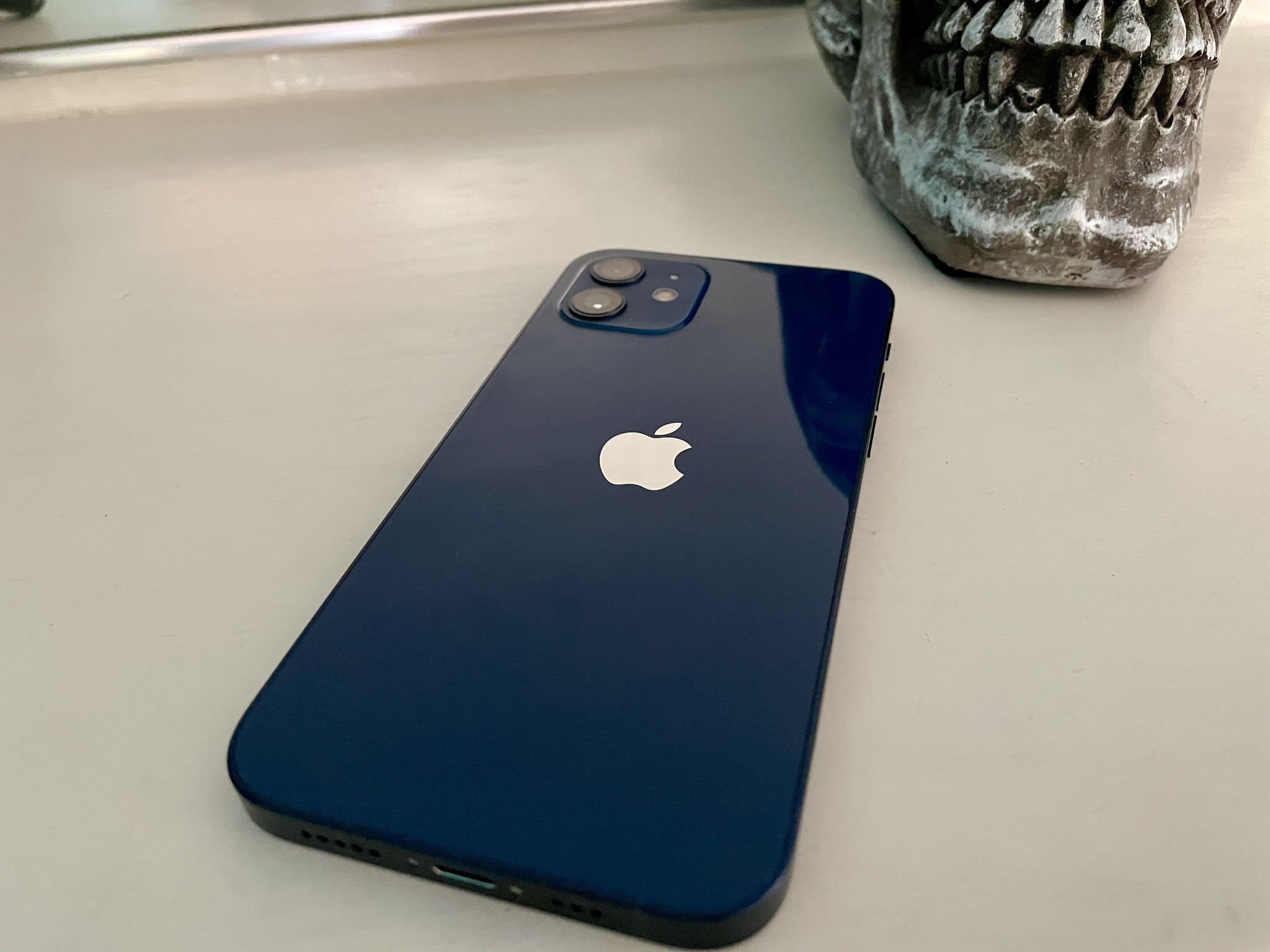
There's been a lot of hubbub around the internet about the iPhone 12's USB-C-to-Lightning cable and Apple's decision to leave out a charging brick. On the one hand, the charging port on the iPhone 12 itself is Lightning, so any Lightning cable, USB-C or USB-A, will work with it. On the other hand, with no charging brick included in the box, there is going to be a percentage of people in the world that will open the box and be very confused because they won't understand how they're supposed to charge the iPhone without a power adapter.
Whether you have a USB-C power brick or not, whether you have a Lightning-to-USB-A cable lying around somewhere (and compatible power brick), whether you have a Mac or iPad that you could plug it into to charge, this is still a confusing situation for a certain number of people.
I'm all for leaving the charging brick out of the box to cut down on unnecessary waste. I think it was a great decision for the Apple Watch. Where the problem comes in, in my opinion, is with USB-C. Practically everyone has a USB-A charging brick (or 12) lying around the house somewhere. USB-C, less so. Some may not even completely understand the difference. To an untrained eye, USB-C looks a lot like MicroUSB, so some people might be even more confused.
If Apple would have stuck with Lightning-to-USB-A for the iPhone 12 lineup, I would be all-for this environmental saving change. My fear is that the messaging isn't quite clear enough, and a lot of not-so-tech-savvy people will buy an iPhone 12, not realizing there is a new way to charge it, and they won't know what to do. I realize USB-C allows for faster charging, and it's a better method than USB-A, but I wish the information about no charger in the box was in a more prominent location, like at the top where you'd buy the iPhone, and maybe Apple could even have a pop-up option to add a USB-C power brick with a reminder that it doesn't come in the box.
This may be a great way for Apple to reduce its environmental impact, but if millions of people are now making separate orders for alternative charging bricks or wireless chargers that weren't before, there may be a secondary environmental impact.
If you need a new USB-C power brick, there aren't a whole lot of 20-watt adapters out there (more on fast charging below) but we've collected a list of the best iPhone 12 chargers to help you make the best decision.
iPhone 12 review: Fast charging
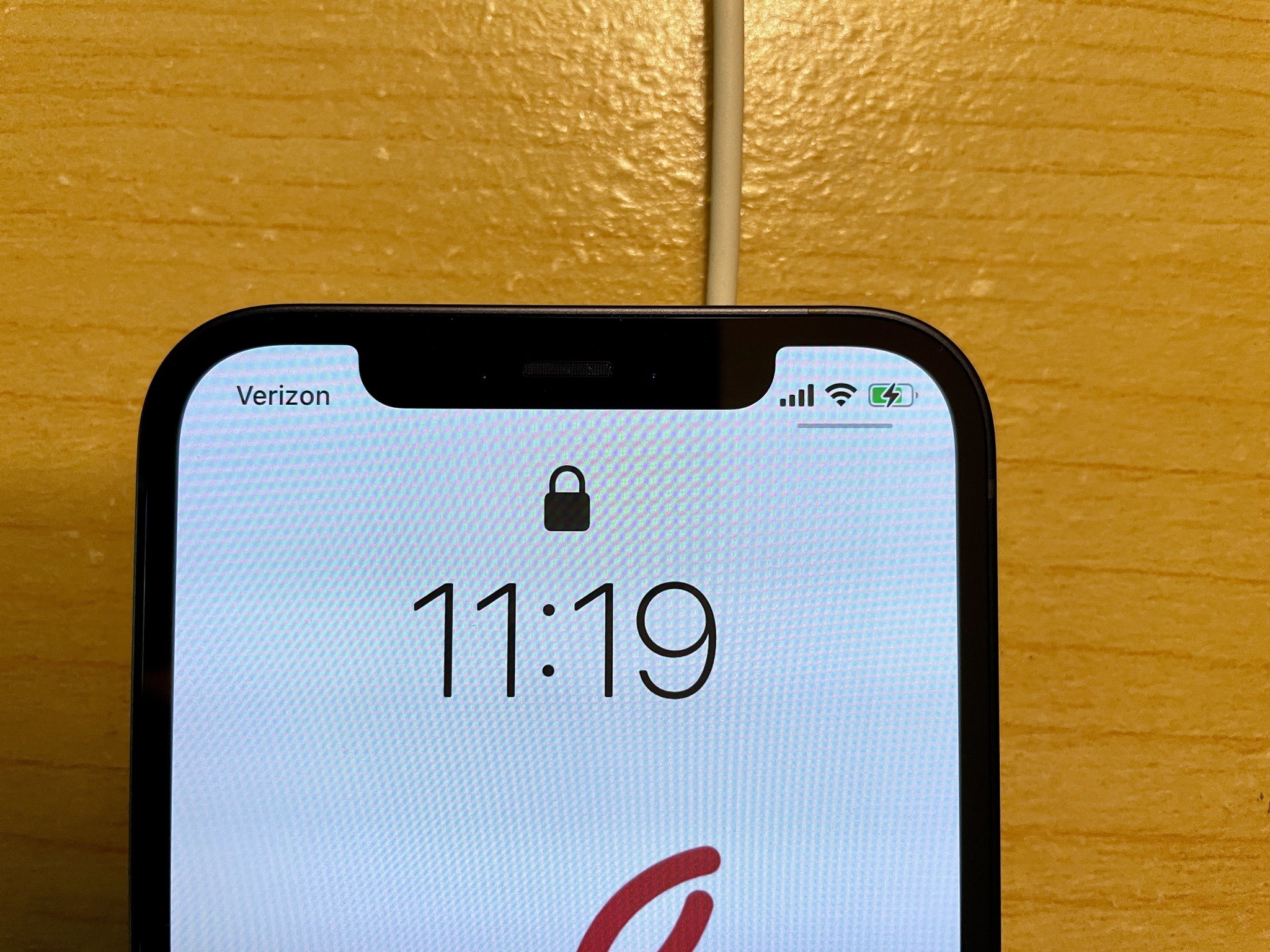
First, we assumed the 18W charger that came with the iPhone 11 Pro was sufficient enough to fast charge the iPhone 12, then we found out that Apple officially states that it doesn't — that you need a 20W charger if you want zero-to-50% in 30 minutes. Then, I did my own test comparing the 18W charger and the 20W charger, and both charged from nearly zero (I got it down to 2 or 3% before I lost patience and just charged it) to above 50% in 30 minutes. Apple is likely just covering its butt here, trying to avoid empty promises. But I feel pretty confident that, if you have an 18W Lightning-to-USB-C charger lying around, you're going to be just fine and don't need to upgrade to a 20W charger.
MagSafe offers its own level of fast-charging, too. All previous iPhone devices that support wireless charging were capped at 7.5W. If you use the MagSafe charger (more on that below) with the iPhone 12, you'll get a wireless version of fast charging of up to 15W. I was able to go from about 3% to above 30% in a half-hour with the MagSafe charger on the iPhone 12. This worked for both the 18W and 20W charging brick. '
Comparing this to wireless charging with a third-party charging pad, of which I have at least a half-dozen throughout the house, the MagSafe is the only wireless charger I ever want to use ever again. Sorry to all my favorite charging pads, but until you can charge that fast, I'm just going to glare at you with resentment. Why are you so slow?!
iPhone 12 review: MagSafe

The MagSafe system on the iPhone 12, in my opinion, is the biggest technological advancement Apple has made since the AirPods Pro. There are 18 little magnets inside the back of the iPhone 12 that help make a solid connection between it and MagSafe chargers (and, probably a lot of other related magnetic things third-party manufacturers will make in the near future).
We talk a lot about how difficult it is to find the "sweet spot" when trying to charge wirelessly. Some companies have gone the route of free positioning wireless charging, like with the Nomad Base Station Pro. Apple is going the completely opposite direction here with magnetic connecting. There's no need to find the sweet spot because the sweet spot finds you (and grabs on and holds tight).
The MagSafe charger (sold separately) also has its own magnetic array that matches up with the iPhone 12. When they get near each other, opposites attract! It's a pretty tight seal. I didn't swing the MagSafe charger around in the air or anything, but I did hold the iPhone up with it and even gave it a tender shake and it stayed put.
On their own, the magnets in the iPhone 12 and the magnets in the MagSafe are not particularly powerful, and because of the way the polarity is set (see iFixit's teardown of the iPhone 12 for details on this), it repels some magnetic mounts, shifting things awkwardly to the side. I tested this with DJI's OM 4 magnetic mount and, not only was the magnetic connection somewhat weak, but also the gimbal shifted awkwardly to an off-center position where the magnet polarities matched.
Basically, what I'm saying is, you won't be able to just stick your iPhone 12 to the fridge. I should know. I tried it.
Apple has a line of MagSafe cases and a wallet sleeve that can magnetically stick to the iPhone 12. This is just the start of what will definitely be a lot of clever new uses for MagSafe for iPhone. There are already a few third-party case makers that have released MagSafe cases, and I'm sure there will be plenty more in the future.
You don't need a MagSafe case in order to use the MagSafe charger with your iPhone 12. I don't currently have any iPhone 12 cases without the MagSafe magnetic array, so I shoved flat things with varying levels of thickness between the iPhone and the MagSafe charger, Most times, it still connected magnetically, but the thicker the obstacle, the weaker the magnetic connection got. So keep that in mind when looking at thick, rugged cases. If they don't have a MagSafe magnetic array inside, you may not get that satisfying magnetic click.
My only problem with the MagSafe charger is that the cable is too short. If the idea behind MagSafe is that you can wirelessly charge your iPhone while you use it, then Apple dropped the ball here. The cable is 1 meter (about 3.5 feet), which doesn't give you much length if your wall plug is behind the bed and you're trying to read while charging your iPhone. And it's hardwired to the charging pad, so you can't even replace it with a longer cable. Hopefully, version 2 of Apple's MagSafe charger will have a removable cable so you can choose to replace it with something longer or shorter.
iPhone 12 review: 5G

I had some issues with my 5G testing experience. Though my city supports the 5G network, and my iPhone showed that I was on the 5G network (Verizon nationwide 5G, not Ultra Wideband), my speed tests did not reflect the numbers I expected. With every test I did, and I moved around to various locations within my city, I typically got about 115 - 130 download speeds. Some of my coworkers that also upgraded to the iPhone 12 saw double those speeds on their devices.
I thought the problem might be that I still had a 4G SIM card. Though everything switched over seamlessly when I simply put my old SIM into the new iPhone 12 (including the 5G logo appearing for my network connection), I did get a notification from Verizon that, because I was now using a 5G phone, it was recommended that I upgrade to a 5G SIM card. So I did.
It's very easy to order a new SIM card for free through Verizon, and I'd assume other carriers offer the same free service. I switched the old SIM for the new 5G SIM, assuming that was all I needed to do (because that's what the instructions say), but unfortunately, Verizon appears to be having some issues with activating iPhone 12 SIM cards on the 5G network. I was told that it would take up to 24-hours to activate. I can't go 24 hours without cellular service during the workweek, so I've put the old SIM card back into the phone for now.
Even though my iPhone 12 shows the 5G icon, I'm not truly getting 5G speeds, at least on the Verizon network.
I did get confirmation from my Verizon representative that "It's not true 5G unless you have a 5G SIM card in it." So, even though my iPhone 12 shows the 5G icon, I'm not truly getting 5G speeds, at least on the Verizon network.
Switching out for a 5G SIM card is doable, but it does, potentially, come with some pain points. Luckily, I lost nothing on my phone. All contacts, photos, biometric scans, credit card details, passwords, they're all stored on your iPhone. You won't lose anything if you switch to a new SIM card ... except maybe your patience if you have to wait for a half-hour to talk to a support representative if something goes wrong. Obviously, back up your iPhone before you do anything, just to be totally sure you're protected if the whole thing crashes.
To conclude my testing of 5G — at the time of this writing, I have no specific data to provide but based on what other reviewers are saying about 5G right now, I'm not going to worry about it. It's still very new, and broad-sweeping 5G has different results in different situations and locations. The much faster mmWave 5G (also called ultra-wideband) is incredibly rare, and even if you live in a city that supports it, you will have to be standing in just the right spot with just the right surroundings to experience it. When I do finally come across ultra-wideband, I'm going to jump for joy. It's like coming across a rare shiny Pokémon in the wild.
iPhone 12 review: Face ID but not Touch ID
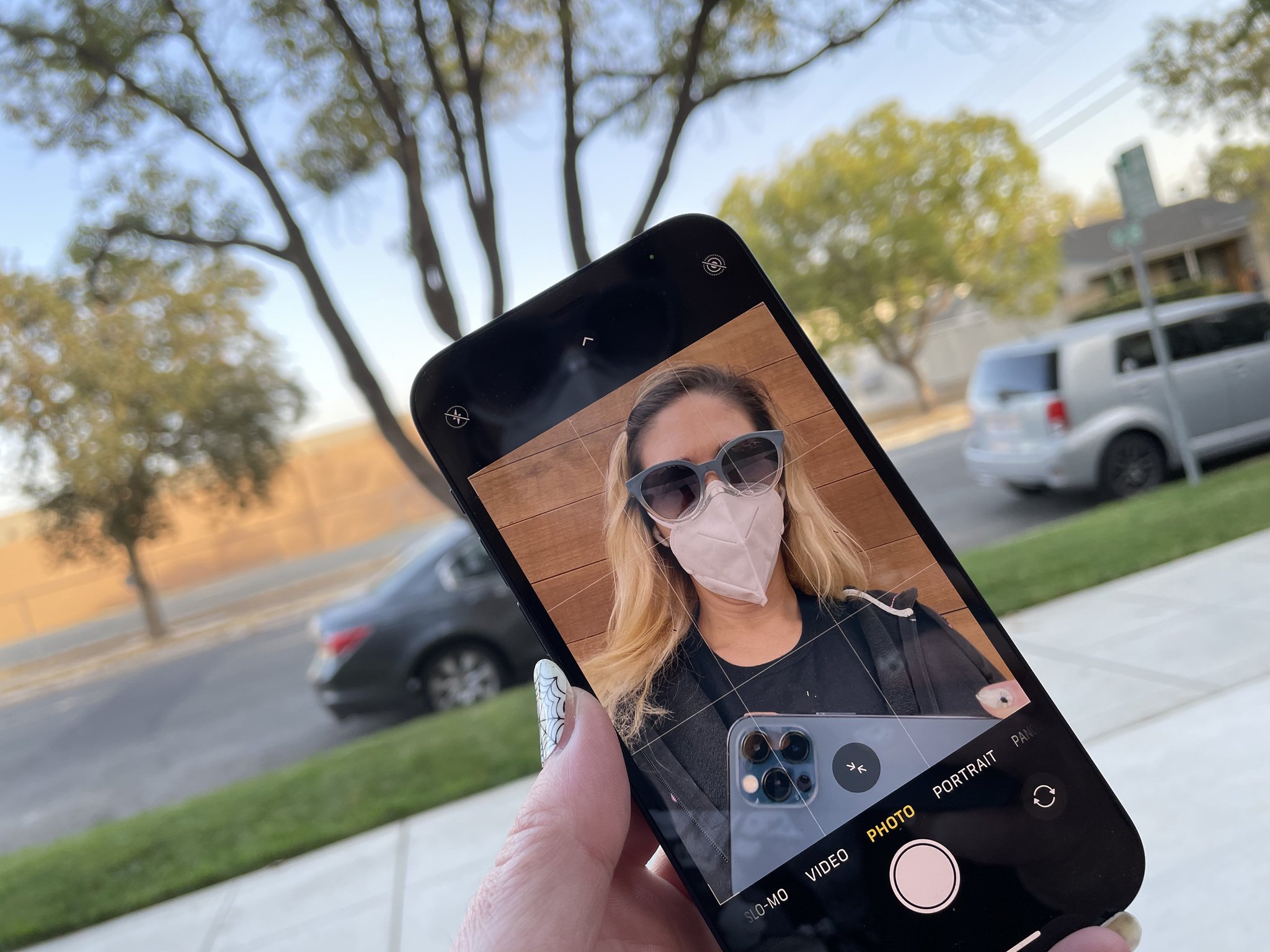
Just like all previous iPhone devices with Face ID, the iPhone 12 has biometric scanning, which uses a TrueDepth camera that uses more than 30,000 invisible dots and an infrared camera to capture your face's features. This information is protected within the Secure Enclave of the A14 Bionic chip. It works fast and seamlessly ... unless you're wearing a mask. Apple made huge improvements to how fast Face ID switches to requesting your passcode when you're wearing a mask, but you know what's even faster? Touch ID.
What the iPhone 12 does not have, is Touch ID. I know that Apple could not have predicted the pandemic when designing the iPhone 12, and so wasn't able to quickly pivot to adding Touch ID to one of the iPhone's buttons, like on the iPad Air 4, but this is a much-needed feature that I really hope we'll see in a future iteration.
For now, if you really want Touch ID, the 2020 iPhone SE is the phone for you.
What about the mini and Max
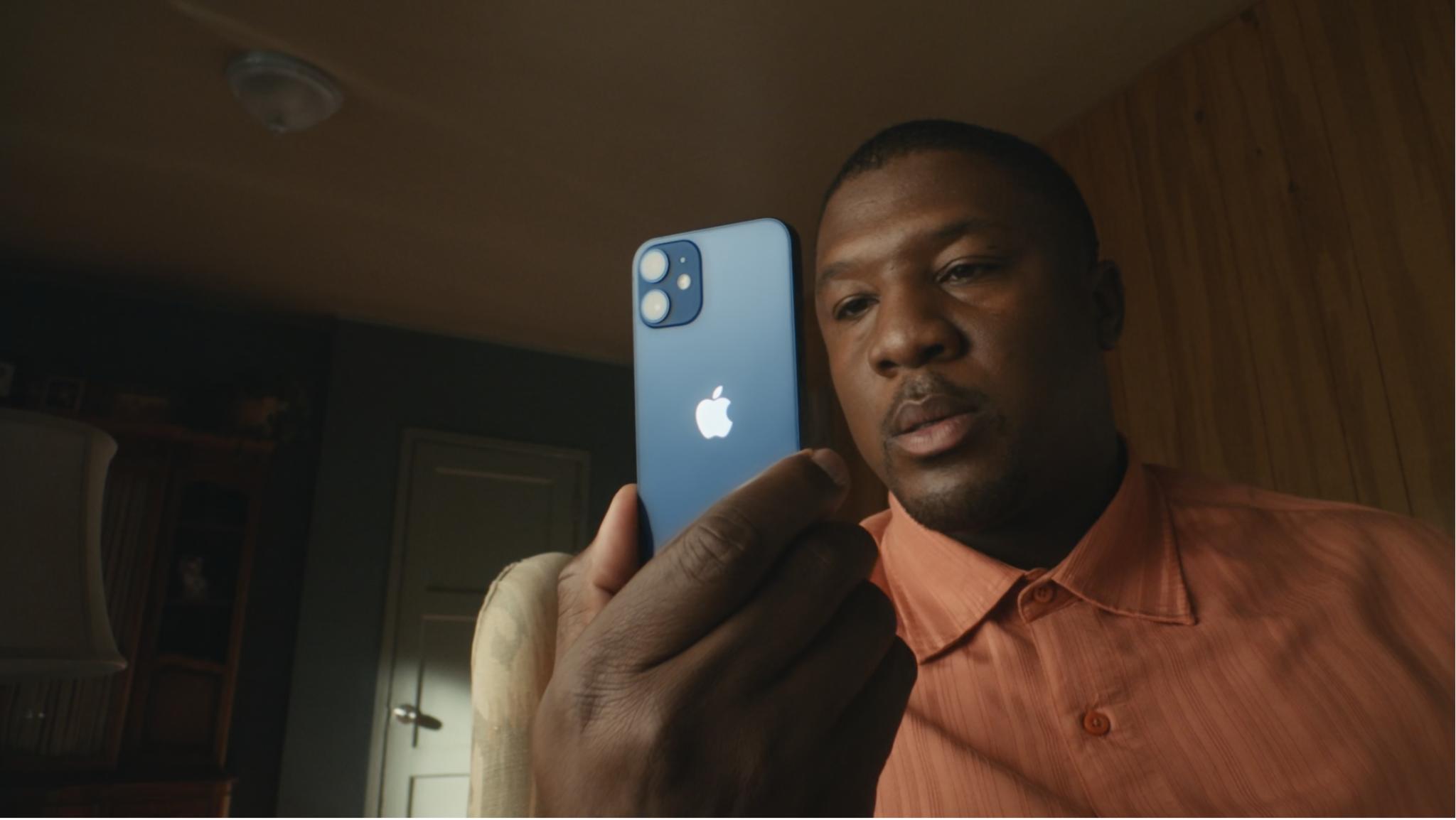
Though I'm currently using the iPhone 12 as my daily driver, it's the iPhone 12 mini that I'm looking forward to, and knowing that all the same amazing features from the iPhone 12 are packed into this smaller body gives me all the feels.
Imagine it: The same edge-to-edge screen, the same TrueDepth Camera, the same wide and ultra-wide angle lenses with Night Mode and Deep Fusion and the A14 processor and support for Dolby Vision recording ... everything! All packed into a phone that, hopefully, I can easily use one-handed. I know it's not as small as the 4-inch iPhone, but it's as close as we're ever going to get and I can't wait for it.
If you're all about the biggest phone ever, you definitely want to wait for the iPhone 12 Pro Max. Not only is the screen the largest of any iPhone ever at 6.7-inches, but the Max has a 47% larger wide-angle sensor for an impressive increase in low-light photography and sensor-shift optical image stabilization. It also has a longer battery life at an estimated 20 hours of video playback and 80 hours of audio playback.
Both the iPhone 12 mini and the iPhone 12 Max will go on sale on November 6 with an estimated shipping date of November 13
iPhone 12 review: Price
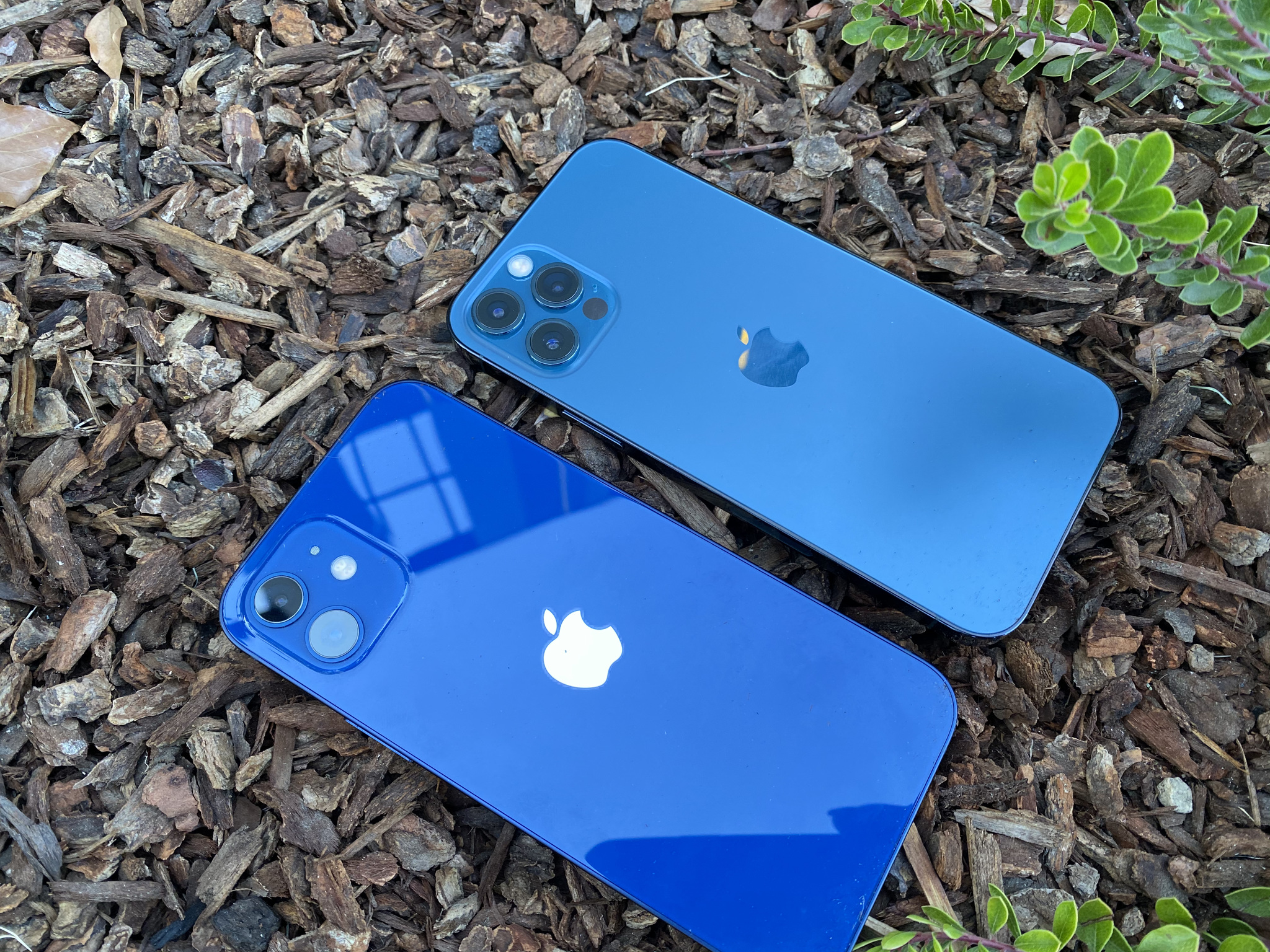
The iPhone 12 is $100 more than the iPhone 11 was last year (though the iPhone 12 mini still comes in at that $699 price point), so you're paying for more, but you're also getting more. You're practically getting an iPhone 12 Pro. Think about it. The extra $200 of the Pro goes toward a telephoto lens, two additional GB of RAM, and a Lidar scanner (which, in my opinion, is really the only exceptional addition here). If those three things are must-haves, chase your bliss.
Think of it this way, you're not paying $100 more for the standard iPhone, you're paying $200 less for the Pro version. The iPhone 12 is way more powerful and feature-rich than the iPhone X and the iPhone XS, and both of those cost $1,000 at launch. Just saying.
iPhone 12 review: Bottomline
Last year, the iPhone 11 was the best iPhone for most people, but it came with a few compromises that pushed people over to the pro side, for which I don't blame anyone. This year, the iPhone 12 is the best iPhone for most people and that's without really any compromise unless you really want a telephoto lens, a LiDAR scanner, or 6GB of RAM. For some, the telephoto lens is the tipping point, and I get that, but I rarely use the telephoto lens on my iPhone 11 Pro, so from my personal experience, it's not worth $200 more.
The display technology is just as incredible as the iPhone 12 Pro, the camera system (minus the telephoto lens and LiDAR scanner) is just as complex as the iPhone 12 Pro; it supports Night Mode, Deep Fusion, and Dolby Vision video recording at 30 fps. I've been testing both the iPhone 12 and iPhone 12 Pro for the past week, putting both through the wringer, and I can definitely say that the iPhone 12 ties for the 12 Pro in nearly every capacity, with the notable exception of the LiDAR scanner, which really is impressive for faster autofocus and better details in low-light situation.
The new design of the iPhone 12 makes this an insta-buy for a lot of people.
The new design of the iPhone 12 makes this an insta-buy for a lot of people. It is a nice hybrid of the iPhone X/Xs/11 Pro and iPhone 4/5/SE. Someone asked on Twitter whether the iPhone 12 gives me flashbacks to the iPhone 4/5 design, and I have to say, not really. Though it reminds me of the older iPhone 4/5/SE, it's its own beast. No chamfered edges, glass instead of brushed aluminum, and a longer form factor. It's totally different, totally new. I absolutely love this design more than any other iPhone Apple has ever made.
Is there any reason to choose the iPhone 12 Pro over the iPhone 12? For me, personally, no. But, Those few additions that the iPhone 12 Pro have could be the tipping point for you. A telephoto lens, LiDAR scanner, Dolby Vision video at 60 fps; you want an iPhone 12 Pro (or Pro Max), for everyone else, this is the new best iPhone. Now I just have to wait a little bit longer to get it in the size I want.
Lory is a renaissance woman, writing news, reviews, and how-to guides for iMore. She also fancies herself a bit of a rock star in her town and spends too much time reading comic books. If she's not typing away at her keyboard, you can probably find her at Disneyland or watching Star Wars (or both).
